As we’ve discussed elsewhere on the blog , large format LED screens are one of the most exciting technologies entering the smart home market. Until now, LED format screens have been the preserve of the commercial sector, used for video walls in conference and broadcast rooms, and digital signage for commercial advertising. But they’re becoming an increasingly popular choice on the high-end smart home market. For smart-home cinema systems, LED screens offer a new standard of definition and picture quality with which traditional home cinema projectors simply cannot compete.

Integrating LED screen technology into the home is, however, complex. There are a range of technicalities involved in their installation and design, and clear information can be hard to come by- not least because of their recent transition into the consumer market. With that in mind, we’ve set out to shed some light on the process of incorporating LED screens into a smart home by sharing our clients’ journey with this exciting new technology.
LED Media Room Project
Our clients’ story begins in Harrods, where they saw a large format LED display and were so enraptured by the unparalleled resolution and image quality, they gave us a call to see if one could be incorporated into their home cinema system. Our longstanding partnership with UniLumin meant there was no delay in sourcing the highest quality solution. It was time to get the design process underway.

There are a few key considerations when designing a LED screen home cinema system. Because these systems are made up of numerous individual LED panels, large format LED screens require more cabling, heat management and greater wall strength than traditional ‘two piece’ solutions. This is the trade off for commercial grade picture quality. However, in return, you can achieve the finest pitch and highest resolution on the market. With this in mind, our client opted to flip their home cinema room round, enabling the installation of the widest possible screen for a truly immersive experience.
Reformatting the room also meant the networking and cabling demands could be met: the new screen was fitted to the wall adjacent to the network room, so all 14 cables could be retrofitted discreetly. Strengthening the wall to account for the new system required a reconfiguration of the lighting system too. Powered by KNX, the system was simple to reprogram and adjust for optimal enhancement of the viewing experience within the clients’ home theatre. Similarly, the clients’ Meridian Audio surround sound system could be flexibly reconfigured to account for the rearrangement.
What does ‘Pixel Pitch’ mean?
With the light, sound and networking requirements accounted for, it was time for our client to approach the next big question facing anyone installing a large format screen for residential use. That is, the question of Pixel Pitch. So, before we go any further it’s worth clarifying, what exactly pixel pitch is?
A ‘pixel’ describes an LED cluster or ‘dot’ which, in their hundreds, make up a large format LED display. The ‘pitch’ describes the distance between the centre of one cluster to another in millimetres. With residential LED displays, the choice will be between a pixel pitch of 0.8mm,1.0mm or 1.2mm. A lower distance between clusters will achieve a higher resolution, but, of course, contribute to a greater cost in filling the display area. A higher pixel pitch will create a lower resolution, but makes sense for larger displays that are to be viewed from greater distances. So your decision on pixel pitch needs to be made with your budget, display size, and viewing distance in mind. In this instance, our client opted for 0.8mm pixel pitch, for the highest resolution from the shortest distance, to create the highest quality home cinema we’ve had the pleasure to install.
The Installation Process
We installed and wired 25 panels individually to create the display. With each panel in place, the LEDs can be snapped onto the front and the ‘calibration’ process begins.

Of the three day installation process, the final day is all about calibration and alignment. Crucial to the success of an LED display, it ensures seamless joints between each panel, to maximise picture quality from all angles.
Video Player
00:00
00:14
The End Result
The result is reliably high performance and functionality for a dynamic home cinema or gaming system. LED home cinema screens outclass traditional home cinema projectors in all metrics relating to viewing experience: the light from even the most high-end projector interferes with colour definition, whereas LED screens can achieve ultra high definition across the colour spectrum. From the brightest white to the deepest black.

The advanced, detailed componentry in LED screens does make them somewhat more delicate, however. So consideration must be given to where exactly they are being installed in the home.
Our client’s existing home cinema provided a perfect setting in a low traffic area. But care must be taken, particularly in higher traffic parts of the home or if there are small children in the home… To navigate the delicate nature of LED home cinema systems, as part of our upkeep service we keep spare LED panels at our headquarters. This means we can replace the screen and minimise downtime while the damaged panel is being repaired. Maintenance and aftercare are a crucial part of what we do, so our clients are confident in the ongoing performance of their solutions, even with cutting-edge like large format LED screens. Our clients are elated to have made their ultra high definition vision a reality, and we hope that sharing their journey helps you on yours.






